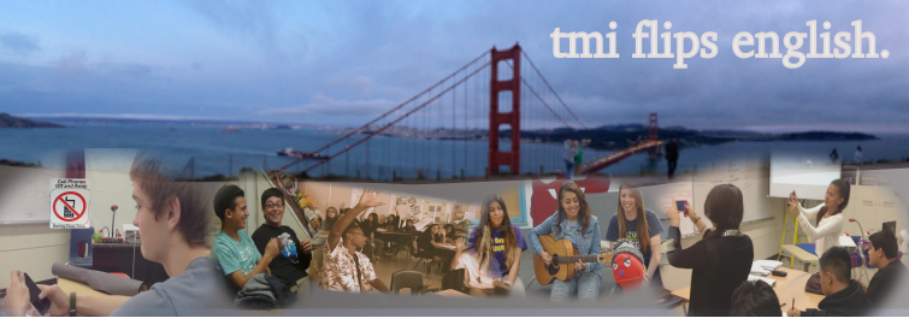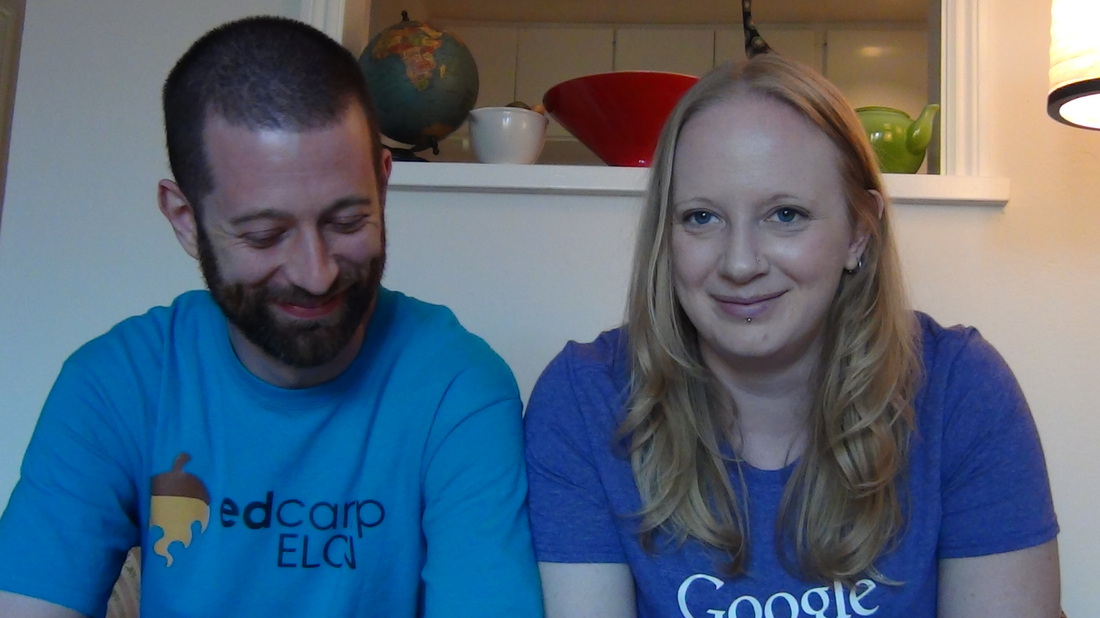Then, in college, I decided that reading novels and learning about the past was more fun than Calculus and Chemistry.
But I always wondered if that wasn't a cop-out because it finally got hard and I didn't want to work harder.
Last year, I decided to take the leap into the math classroom - the one subject I've never taught full-time. We couldn't find a math teacher, and I needed a new challenge. I had been the part-time math teacher for my students due to the original teacher (and then two part-time teachers) quitting mid-year. My principal joked that half of the time she came in my room, I was teaching math during ELA and when she went in the sub's room, they were reading during math.
It wasn't really a joke. That's exactly what we were doing.
I spent all of last summer (2022) studying for the math Praxis, which I passed easily on the first try with about a 92%. I worked my butt off to relearn a lot of math and learn a lot of math for the first time. Despite that confidence boost, I was out of my depth pedagogy-wise.
Enter Peter Lilejdahl's Building Thinking Classrooms in Mathematics. If you're an English teacher reading this blog, hear me out. The pedagogy is solid and has completely transformed how I think about teaching, learning, and the structure of my classroom.
Despite moving back to ELA this year, I intend to continue with the Building Thinking Classrooms model. This Executive Summary does a good job outlining what the model is, but here's my own summary:
- Tasks that get students thinking
- Working in visibly random groups of three at whiteboards
- Direct instruction comes at the end of the lesson during Consolidation and is built on student work instead of teacher work
- Collaboration skills are taught, modeled, reinforced, and assessed
- Grades are for demonstrating mastery of a standard - not for turning in the practice or for getting answers right
That was a fairly large shift pedagogically for me, but I figured that if I was changing subjects, I may as well just go full-force.
And it was glorious. I've never had a more fun year of teaching. I had amazing growth, and several students were able to move into the high school math track when they weren't predicted to do so.
But then the call came that they needed me in 8th ELA, and I was left with wondering how to make the kind of thinking that worked in math work in ELA.
Initially, my thought was that there are loads of activities well-suited for the BTC model:
- When learning new roots or vocabulary words, groups can brainstorm uses or sentences on the whiteboard and get feedback
- When practicing sentence construction or grammatical structure, students can complete the work on the whiteboards and we can look at a variety of ways of fixing the sentences
- When doing any kind of graphic organiser (for plot, character development, Hero's Journey, etc.), students can do it on the boards so we can compare ideas on where certain events/quotes fall
- When preparing pre-writing for essays, such as evidence collection, students can choose their best evidence and write it on the boards then we can discuss the merits of each quote
- When reading texts looking for patterns, students can trace patterns on their boards so we can compare how groups made decisions on which to include and how they fit together
The pedagogy shift is sometimes even called the "real" flipped classroom model - where students are thinking, creating, and sharing, and the teacher comes in at the end to help them make sense of and consolidate what they learned.
So what does this look like? I broke down my first week in more detail, and my second week in rough outline.
Day #1:
- A brief written survey about their experience with reading/ELA class
- Go to the boards to discuss the question "What does a good teacher do/say/think/believe?" As students come up with a list, have them narrow to the three most important and explain WHY good teachers need those things.
- Do a quick consolidation** to discuss some of the groups' lists and reasons and develop a class-wide list of three things, which they add to their notes (they will need it later).
- Watch the Bluey episode "Calypso" and look for what she is doing/saying/thinking/believing (students are in their seats for this)
- If you're not familiar with this episode, Calypso is a teacher of kids ranging from 5-8(ish) and facilitates various games and pushes students to think laterally until everyone comes together in their individual purposes to a greater collective act of storytelling
- After the episode, students go back to the boards to write the things they saw Calypso do/etc. We repeat the consolidation process so we have a solid list of actions but without value statements (this is good/this is bad) and including (as much as we can) WHY she is doing it. Students add this to their notes.
- Next, we continue the same process for "Typewriter" and then "Stories," adding to their notes at the conclusion of consolidation for each one.
- We wrap up for the day talking about how the stories we tell ourselves will not only shape how we start this year, but how we remember this year in the future. We have the choice to end the story with failure (as Indy does initially) or to continue the story through persevering.
Day #2:
- Students return to their lists from the day before. We talk about (and show examples of) the people who have more coherent notes and talk about how that will help us today, as we prepare to do some writing about Calypso's methods.
- Students go to the boards to construct a compelling paragraph about how Calypso is a good teacher (note: if their group says she is not a good teacher, they can absolutely choose that if they can support it). It should include three specific examples that explain what she does (evidence) and why she does it, and how that helps her students (commentary).
- We consolidate with several paragraphs and look at what makes them compelling. Students then go back to write their own mini-essay (yes! On day 2!) following this format:
- Intro paragraph about what makes someone a good teacher, and who Calypso is.
- Claim paragraph (they can absolutely use the one their group wrote).
- Conclusion about how Calypso fits their conception of what makes a good teacher, and what her goal is for her class/students.
- Students are graded on a rubric that addresses the main standard for the first unit: using textual evidence to support a claim.
Day #3
- We return to the idea of the stories we tell ourselves. If you aren't familiar with the idea, I highly recommend Derren Brown's outstanding book, Happy: Why More or Less Everything is Absolutely Fine, or his TEDxTalk on how we use stories to influence our own reality. They write briefly about what story they want to tell themselves about this year when they're looking back on it.
- Students work on Code of Conduct (school required lessons).
Week #2
- Now we turn our attention to "What Makes a Good Student?" and look at a variety of non-fiction texts to gather evidence. My focus is Growth Mindset and attention. We will also start the program Finding Focus, which I LOVE.
- I'll also use pieces of this unit on Growth Mindset that I made a few years ago.
- Students will write a similar set of paragraphs on how to be an effective learner.
- The other focus standard for the unit is about vocabulary in context and learning new words, so this will layer in nicely with using textual evidence.
One of my main goals is to get them off the chromebooks and get them thinking. They need the chance to think about the questions, work collaboratively, and then have time to make mistakes and get feedback. The only work I'll grade is the finished piece of writing, which will already be a teacher and peer-reviewed draft.
If you're an ELA teacher using Building Thinking Classrooms this year, I'd love to talk to you. It was a game-changer in math, and while I think I'll go back to teaching math after this year, I want there to be resources out there for ELA teachers looking to incorporate the model in their room.
You can find me on Twitter or send me an email - guster4lovers at gmail dot com.
**Consolidation starts with students returning to their seats, rephrasing the task/question, then the teacher going to groups and asking the class what they see. The group whose work is being discussed is silent. We usually look at different strategies or approaches to the task, and end the time with students going back and adding to their notes. Notes are all in their own words, and should make sense of what we talked about in consolidation.


 RSS Feed
RSS Feed
